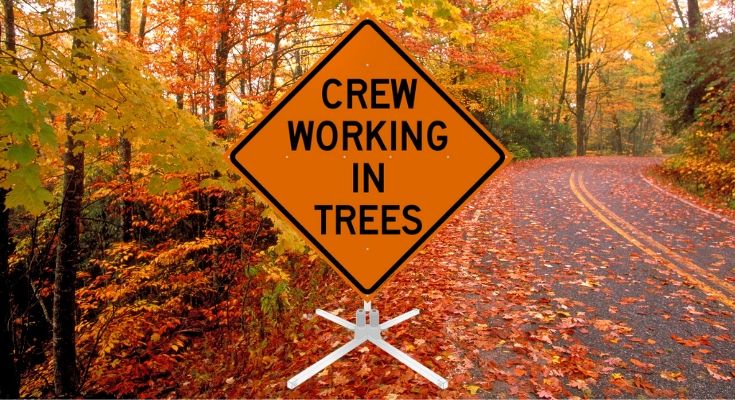A horticulture specialist at Oklahoma State University is exploring how soilless media, especially biochar, might replace peat moss in commercial and domestic farming. Researchers hope their findings will open new avenues in vegetable production and potentially benefit growers worldwide.
Horticulture specialist researching soilless media and biochar for crop production

Key Takeaways:
- Oklahoma State University is studying peat moss alternatives.
- Research focuses on soilless media and biochar.
- The findings could help both commercial growers and home gardeners.
- Stillwater, Oklahoma, serves as the hub for this work.
- The study may influence sustainable crop production practices.
Background
Oklahoma State University has become the focal point of a pioneering horticultural investigation into alternative growing media. With peat moss being a long-standing staple, researchers in Stillwater are now examining other options that might prove more sustainable, economical, and widely beneficial.
Soilless Media Research
One of the primary avenues under exploration is biochar—an organic material produced through the controlled burning of biomass. Most commonly derived from wood or other plant residue, biochar may offer a stable, nutrient-rich substrate. This research highlights why finding a reliable peat moss substitute matters in both commercial and domestic vegetable farming.
Impact on Commercial and Domestic Crops
Researchers aim to determine if biochar-based soilless media can improve crop yields and better support the growth cycle of vegetables. If successful, it could significantly reduce the horticultural industry’s dependence on peat moss while offering home gardeners easier access to an equally effective, possibly less costly, medium.
Local Groundwork in Oklahoma
Set in Stillwater, the study reflects Oklahoma State University’s ongoing commitment to agricultural innovation. Faculty and specialists involved in this project bring regional expertise to a topic that holds nationwide significance—elevating local research to impact broader horticultural practices.
Looking Ahead
As the OSU team progresses in its assessment of biochar’s potential, the hope is that farmers, producers, and gardening enthusiasts nationwide could learn from Oklahoma’s approach and adopt newer methods of sustainable crop production. In the long term, such breakthroughs might spur further research and even greater adoption of soilless media around the globe.










